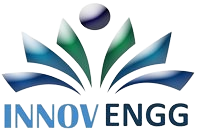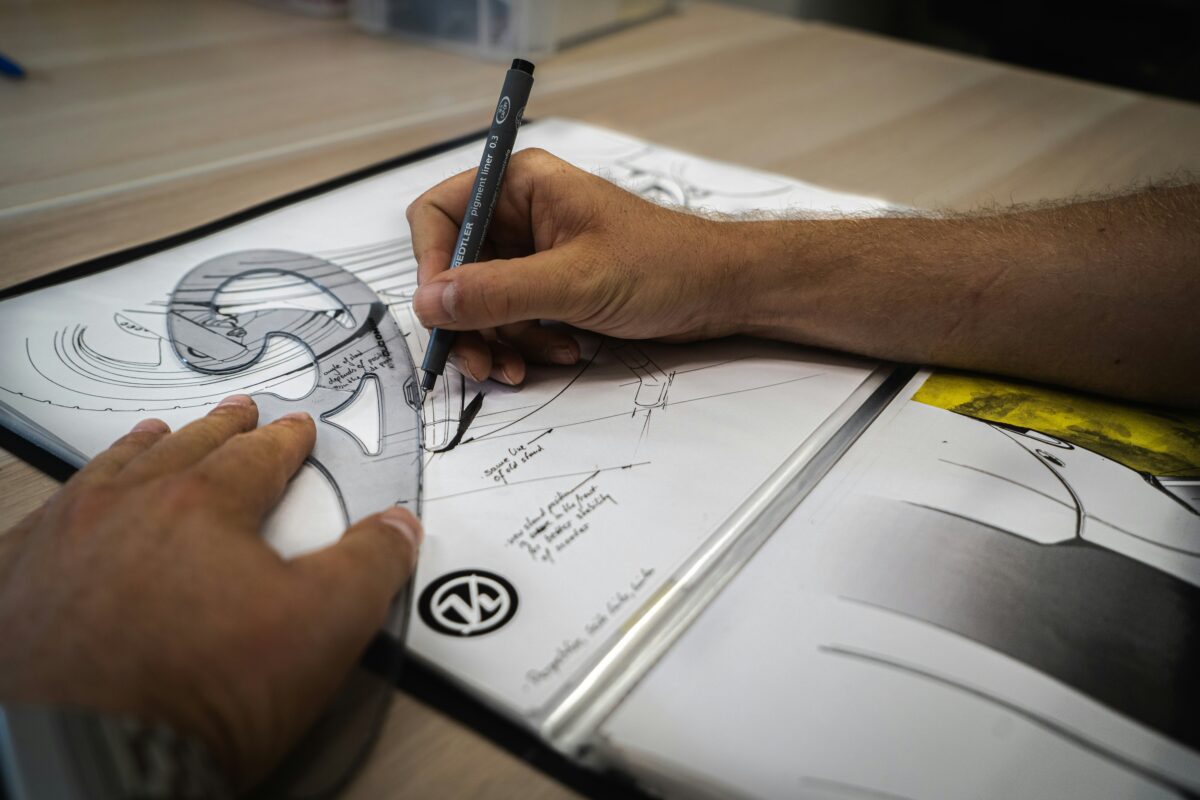Every year, thousands of startups launch with big dreams, only to fizzle out within months. The harsh truth? Most fail not because their ideas were bad, but because they never validated them. Building a product without testing whether real customers actually need it is like setting sail without a map—you might drift aimlessly, wasting time, money, and energy.
This is where product validation comes in. Simply put, product validation is the process of testing your idea with real potential customers to see if it truly solves a problem and if people are willing to pay for it. It’s your safety net before investing heavily in development, marketing, or operations.
This guide is designed specifically for beginners who want to test their product ideas effectively. By following the steps outlined here, you can reduce risks, save resources, and gain confidence that your idea has a real chance of succeeding before you take the plunge.
Understanding Product Validation
Product validation is the process of testing your idea with real potential customers to determine whether it solves a genuine problem and has market demand. Think of it as a reality check before you invest your time, money, and energy into developing a product that may never succeed.
Validation is crucial for startup success because it helps you avoid one of the most common reasons businesses fail: building a product nobody wants. By testing early, you gain insights into what customers truly need, what features matter most, and whether people are willing to pay for your solution.
Many beginners fall for common myths about product validation. A frequent misconception is, “If I love my idea, everyone else will too.” Passion is important, but it doesn’t guarantee market demand. Another myth is thinking that extensive market research alone is enough—real validation comes from engaging actual customers, not just analyzing data.
Identifying Your Target Market
Before testing your idea, it’s essential to know who your customers are. Start by defining your ideal customer based on demographics, behaviors, and pain points. Create customer personas fictional representations of your target audience to guide your decisions and communications.
Understanding your customers’ pain points is key. What challenges are they facing? What solutions do they currently use, and where do those fall short? By answering these questions, you can position your product as a solution that genuinely matters.
Conducting Market Research
Market research helps you gather insights that support your validation process. There are two main types:
-
Primary research: Directly gathering data from potential customers through surveys, interviews, or focus groups. This gives you firsthand feedback on interest and willingness to pay.
-
Secondary research: Using existing resources like industry reports, competitor websites, and public data to understand market trends, demand, and competition.
Tools like Google Trends, Typeform, and LinkedIn can help you collect and analyze data. Look for patterns that indicate growing interest or unmet needs in your market.
Testing Your Idea
Once you understand your audience, the next step is testing your idea in practice. One effective approach is creating a Minimum Viable Product (MVP)a simplified version of your product that highlights its core value.
Other methods to validate demand include:
-
Landing pages with email signup forms to gauge interest.
-
Pre-orders or crowdfunding campaigns to measure willingness to pay.
-
Smoke tests and paid ad campaigns to see which messaging resonates most.
Collect feedback at every step and iterate. The goal is to refine your idea based on real customer insights, not assumptions.
Analyzing Competitors
Understanding your competitors helps you identify opportunities and avoid pitfalls. Start by listing direct competitors (similar products) and indirect competitors (alternative solutions). Evaluate their strengths, weaknesses, pricing, and customer feedback.
Learn from their successes and failures what features are customers praising, and what complaints are common? This knowledge allows you to differentiate your product and offer a unique value proposition.
Collecting and Interpreting Feedback
Feedback is only useful if you know how to ask the right questions. Avoid vague inquiries; instead, focus on problems, preferences, and willingness to pay. Combine quantitative feedback (numbers, surveys) with qualitative feedback (interviews, comments) to get a full picture.
Use these insights to refine your product idea, adjust features, and improve messaging. Iteration is the key to moving from concept to market-ready solution.
Making the Go/No-Go Decision
At some point, you must decide whether to move forward, pivot, or abandon your idea. Set clear validation metrics, such as customer interest, pre-order numbers, engagement, or willingness to pay.
If metrics indicate strong demand, you can confidently proceed to product development. If not, consider pivoting to address gaps or exploring other ideas. Avoid common pitfalls like ignoring negative feedback or rushing into production without sufficient evidence.
Tools and Resources for Beginners
Several beginner-friendly tools can simplify the validation process:
-
Survey platforms: Google Forms, Typeform, or SurveyMonkey for collecting feedback.
-
Prototyping tools: Figma, InVision, or Canva to create simple product mockups.
-
Analytics tools: Google Analytics, Hotjar, or social media insights to track engagement and interest.
These resources help you test ideas efficiently, gather meaningful data, and make informed decisions.
Conclusion
Validating your product idea is the foundation of building a successful business. By understanding your market, testing your concept, analyzing competitors, and iterating based on feedback, you significantly reduce the risk of failure.
The next step is simple: start small, test your idea, and collect real customer insights. Whether through an MVP, landing page, or prototype, taking action today brings you one step closer to a product people actually want—and a startup that can thrive.
To make this process even easier, we’ve created a Quick Feasibility Checklist. This free checklist walks you through the essential steps to validate your product idea efficiently, helping you avoid costly mistakes and focus on what matters most.
➡️ Download your Quick Feasibility Checklist now and start validating your idea today!

